PPT-The New Technology of Community Corrections: Are We Moving in the Right Direction?
Author : sherrill-nordquist | Published Date : 2018-03-08
Professor James Byrne What is Community Corrections Probation Pretrial and Sentenced Offenders Parole and Reentry Programs StandAlone Intermediate Sanctions Programs
Presentation Embed Code
Download Presentation
Download Presentation The PPT/PDF document "The New Technology of Community Correcti..." is the property of its rightful owner. Permission is granted to download and print the materials on this website for personal, non-commercial use only, and to display it on your personal computer provided you do not modify the materials and that you retain all copyright notices contained in the materials. By downloading content from our website, you accept the terms of this agreement.
The New Technology of Community Corrections: Are We Moving in the Right Direction?: Transcript
Download Rules Of Document
"The New Technology of Community Corrections: Are We Moving in the Right Direction?"The content belongs to its owner. You may download and print it for personal use, without modification, and keep all copyright notices. By downloading, you agree to these terms.
Related Documents

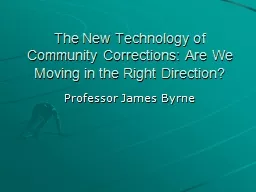

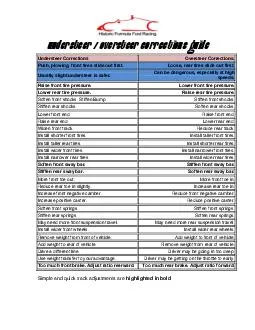
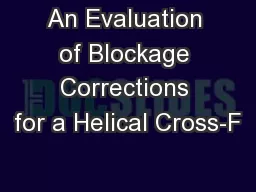
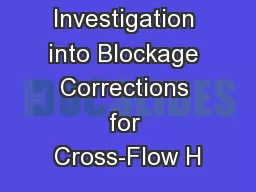
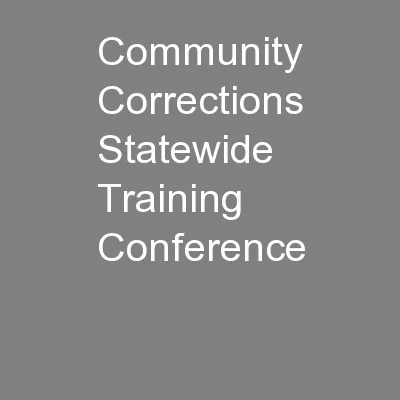
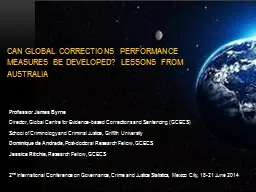
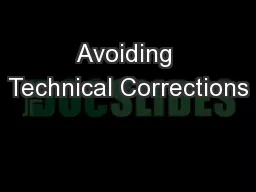




![[PDF READ ONLINE] Starting Off Right in Law School (Starting Off Right Series)](https://thumbs.docslides.com/1020243/pdf-read-online-starting-off-right-in-law-school-starting-off-right-series.jpg)
